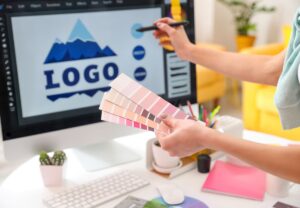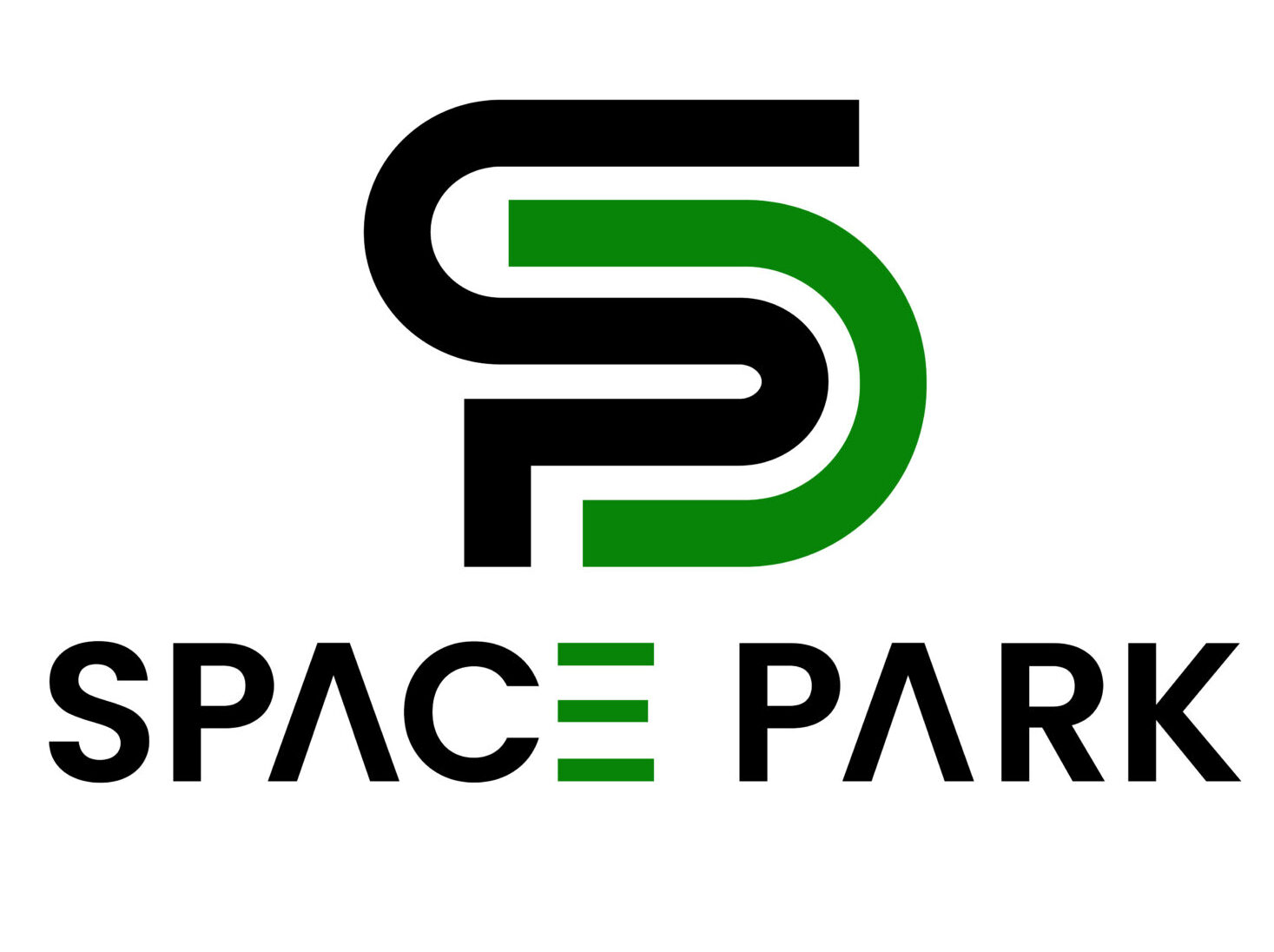In the business world, first impressions are everything; your logo is often the first impression your audience will have of your brand. A well-crafted logo is more than just a pretty picture; it embodiesit’s your brand’s identity, values, and mission. But how do you create a logo that captures all of that? Whether you’re a startup or an established company looking to rebrand, understanding the elements of a successful logo is essential.
In this blog post, we’ll explore the key components that make a logo effective, walk you through designing your own, and offer tips to ensure your logo stands out and remains relevant. We’ll also look at a strong logo’s impact on brand recognition and share real-world examples of successful logo transformations.
The Heartbeat of Branding
A logo is not just a random assortment of colors and shapes. It’s a strategic tool that represents your brand identity. This image is often the first aspect of your business seen by potential customers, making it a critical element in your branding strategy. When done right, a logo is a powerful communicator—a visual shorthand for your brand’s story.
Why Logos Matter
A strong logo creates an immediate connection with your audience. It tells them what your brand is about and sets the tone for their expectations. A well-designed logo should convey the essence of your brand without needing any words. It should be simple enough to be memorable yet complex enough to tell a story.
The Emotional Connection
Your logo is a lot more than just your brand’s signature. It forms an emotional connection with your audience by evoking feelings and memories. This emotional response can lead to increased trust & loyalty, which are key to long-term business success.
Stand Out in the Crowd
With so many businesses vying for attention, having a distinct logo can set you apart from competitors. It helps your audience recognize & remember your business, making it easier for them to choose you over others.
Key Elements of a Successful Logo
Creating a successful logo involves understanding the critical elements of a strong design. These elements work together to form a cohesive visual identity that resonates with your audience.

Simplicity and Clarity
A successful logo is straightforward to recognize at a glance. Simplicity helps ensure that your logo is memorable and versatile. Too many details can make a logo confusing and hard to reproduce in different contexts.
Relevance to Your Brand
Your logo should align with your brand’s mission, values, and industry. It should communicate your brand’s core essence and spark a connection with your target audience.
Color and Style
Color is a powerful tool in logo design. Different colors evoke different emotions & can influence how your brand is perceived. Choose a color scheme that aligns with your brand’s personality and appeals to your audience.
Step-by-Step Guide to Creating a Logo Design
Designing a logo can seem daunting, but breaking it down into manageable steps can simplify the process. Here’s a step-by-step approach to help you create a stand-out logo.

Research Your Target Audience and Competitors
- Understand Your Audience: Before you start designing, it’s crucial to know who your audience is. What are their preferences and expectations? How do they perceive your brand?
- Analyze Competitors: Look at logos from your competitors. What works, and what doesn’t? This analysis can provide insights into your audience’s response and help you create a unique design.
- Identify Your Brand’s Unique Selling Proposition (USP): Your logo should reflect what makes your brand different from others in your industry.
Choose the Right Style and Color Scheme
- Decide on a Style: Modern, vintage, minimalistic—there are numerous styles to choose from. Select one that fits your brand’s identity and appeals to your target audience.
- Select Colors Strategically: Remember, colors convey meaning. For instance, blue often represents trust and reliability, while red can signify passion and energy.
- Create a Mood Board: Gather inspiration from other designs, colors, and styles. This can help you visualize your ideas and create a cohesive design plan.
Select Appropriate Fonts and Graphic Elements
- Pick the Right Font: Typography plays a significant role in logo design. Choose fonts that are readable & reflect your brand’s voice.
- Incorporate Graphic Elements: Consider using icons or symbols representing your brand’s core values. Ensure that these elements complement rather than clutter your design.
- Balance Text and Imagery: Your logo should balance text and imagery. Neither should overpower the other.
Design Using Software or Hire a Professional
- Use Design Software: Tools like Adobe Illustrator or Canva can help you bring your vision to life. They offer various features to create professional-looking designs.
- Consider Hiring a Professional: If you’re uncomfortable designing yourself, hiring a professional designer might be worth the investment. A skilled designer can offer expertise and creative insight.
- Iterate on Your Design: Don’t settle on the first draft. Experiment with different layouts, colors, and styles until you find the perfect fit.
Get Feedback and Make Revisions
- Seek Input from Others: Share your design with colleagues, friends, or industry experts. Constructive feedback can provide new perspectives and improve your design.
- Make Necessary Revisions: Use the feedback to refine your logo. Remember, the goal is to create a design that resonates with your audience and aligns with your brand.
- Test Across Platforms: Ensure your logo looks good in various sizes and formats. It should be versatile enough for everything from business cards to billboards.
Tips for Creating a Memorable and Versatile Logo
A memorable logo sticks in the minds of your audience and works across different mediums. Here are some tips to ensure your logo achieves both.
Keep It Simple
Simplicity is the key to a memorable logo. A straightforward design is easier for your audience to remember and recognize. Avoid overly complex details that can obscure your message.
Ensure Versatility
Your logo should be adaptable to different sizes and formats. It should look as good on a tiny business card as on a large poster. Test your logo in black and white to ensure it retains its impact.
Make It Timeless
Trendy logos can quickly become outdated. Aim for a classic design that will remain relevant and effective for years. This doesn’t mean avoiding trends altogether but using them thoughtfully.
The Impact of a Well-Designed Logo on Brand Recognition
A well-designed logo is a powerful asset that can significantly enhance brand recognition and help establish a solid presence in your industry.
Building Trust and Credibility
A professional logo communicates trust and reliability, making your brand more appealing to potential customers. It shows that your business is legitimate and dedicated to quality.
Increasing Visibility and Recall
A distinctive logo increases your brand’s visibility and makes it easier for customers to recall. This is especially important in competitive markets where consumers are bombarded with choices.
Reinforcing Your Brand’s Message
Your logo is a visual representation of your brand’s message. A coherent design reinforces your brand values and creates a consistent brand image across all platforms.
Real-World Examples of Successful Logo Design Transformations
Let’s take inspiration from real-world examples of brands that successfully transformed their logos to reflect their identity better.
Apple
Apple’s evolution from its intricate 1976 logo to the sleek, monochromatic apple we know today illustrates the power of simplicity. The minimalist design aligns with Apple’s focus on innovation and user-friendly technology.
Starbucks
Starbucks’ logo has undergone several changes, but each iteration maintains the brand’s core identity. The removal of text in recent versions highlights the fame of the iconic siren, a testament to the logo’s recognition.
Nike
Nike’s Swoosh is one of the most recognizable logos globally. Its simplicity and dynamic design convey motion and speed, reflecting Nike’s commitment to athletic excellence.
A Final Brew for Thought
Crafting a logo is a creative and strategic process that requires time, effort, and consideration. A well-thought-out design can be a powerful tool for establishing your brand’s identity and connecting with your audience.
Reflecting on the importance of your logo can inspire a deeper understanding of your brand’s mission and values. Remember, your logo is more than just an image; it’s an emblem of your brand’s story.
For those looking to take the next step in their branding journey, consider consulting design professionals or exploring further resources on logo creation. Every great brand starts with a great logo—make yours unforgettable.

Pingback: How to Create Logos Using a Logo Maker Online?